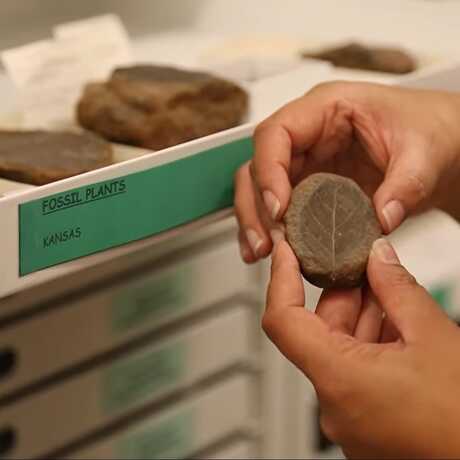Our collection of educational videos will help your students visualize data and understand scientific concepts.
Grade level: 6-12
Length: 5 minutes
Next Generation Science Standards: HS-ESS2-7; ESS2.D, ESS2.E; Engaging in Argument from Evidence
Video Synopsis
Academy botanist Dr. Nathalie Nagalingum explains how, more than 400 million years ago, early plants played a notable role in adjusting Earth's physical surface as well as our planet's climate. She meets with a peer to discuss the evidence that scientists currently have to support her story.
Subtitles are available in Spanish, Chinese, and many other languages!
Click the CC button and toggle the settings to select your language.


